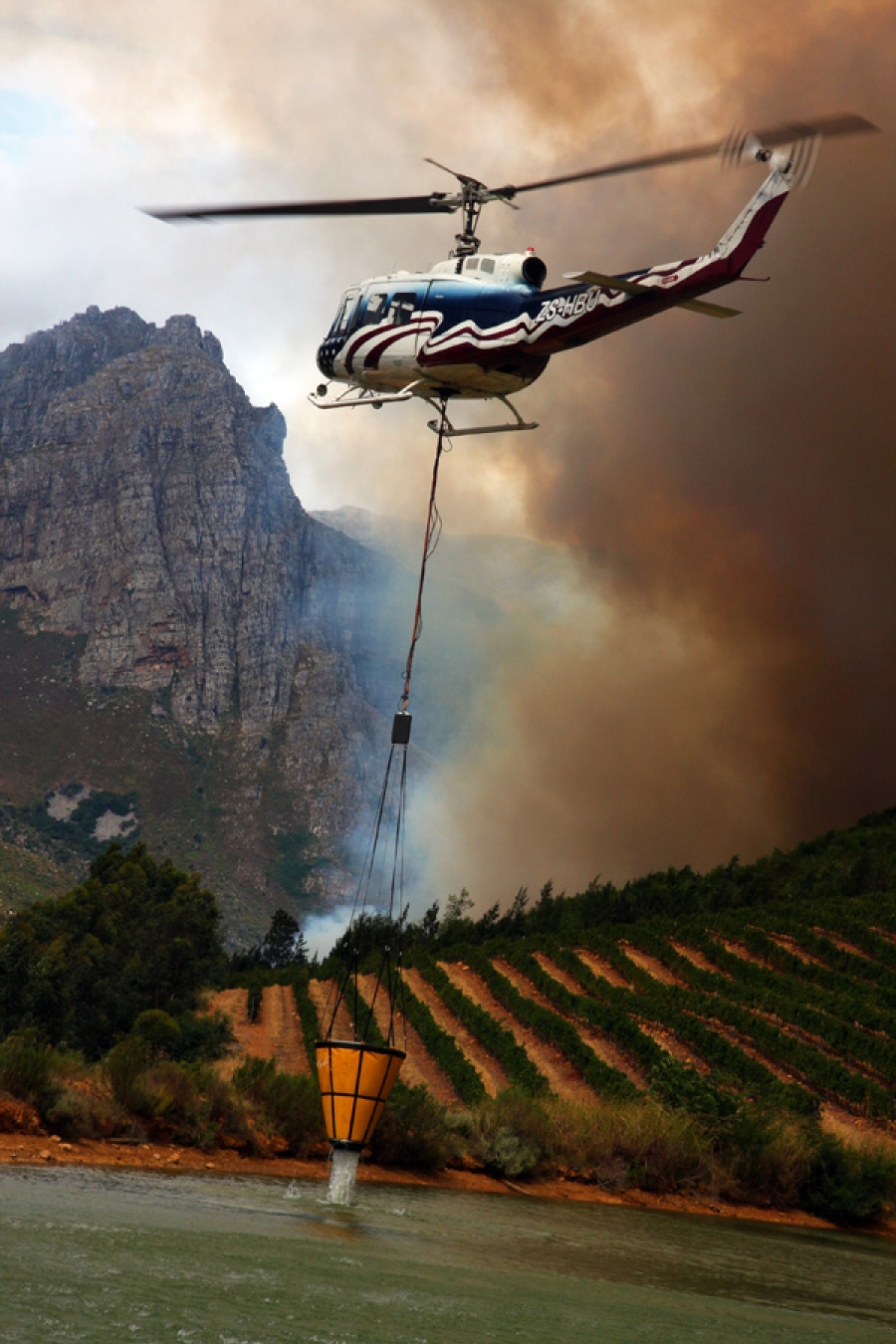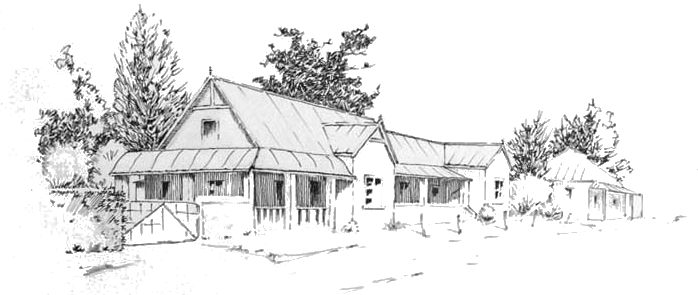8 March 2015 fly fishing newsletter.
Fires, fires and more fires…
Of late I am no stranger to large, low-flying helicopters trailing buckets of water. Various bush fires raged last week in the Cape Peninsula and our house in Newlands was on the chopper’s southerly flight path. They’d leave early in the morning and only clatter back to their base in the Newlands Forest when the last of the light was fading, by when the mountain was a darkening silhouette below an orange, fire-lit sky line. To add to the problem, Tuesday 3 March was the hottest day recorded in Cape Town for over 100 years at 41°. Despite the extent of the blazes, brave and seemingly tireless teams, appear to have broken the back of the threat and, where I live at least, the smell of smoke no longer hangs in the air. The helicopters, though, still patrol relentlessly.
CLICK IN IMAGES TO ENLARGE THEM

A frightening image taken by a friend near her home in Tokai
These fires reminded me of a day’s fishing Billy de Jong and I attempted some years back with a guest from Italy. We took him up to the Berg River only to find the surrounding forests was on fire and the valley inaccessible.
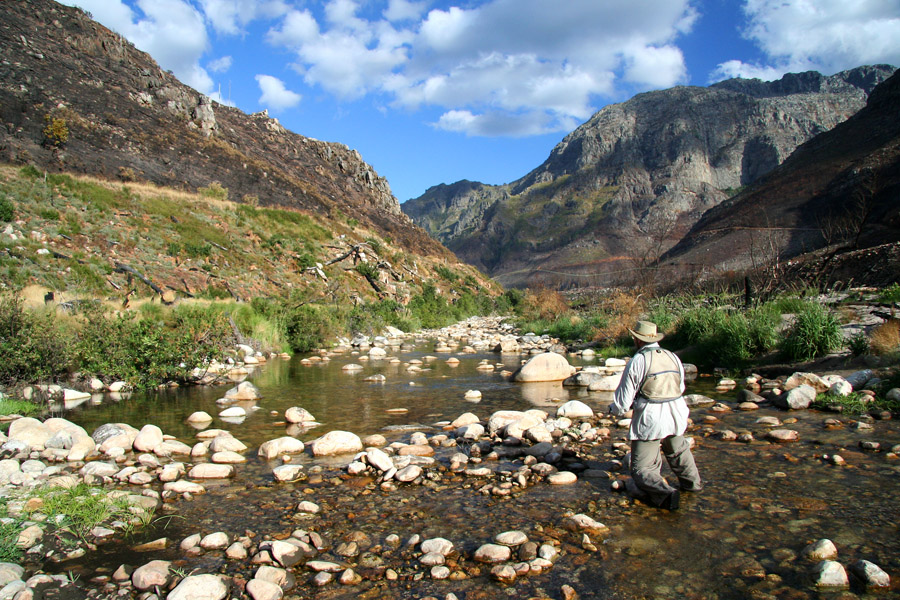
Darryl Lampert fishing the upper Berg after the fire. Note the burned out mountainside behind him. (This stream is no longer available to fly fishers.)
Reassuring him that all was not lost, we quickly headed for the upper Dwars River, but by then the blaze had jumped the mountain range and the Dwars was also thick with smoke and tall flames. When we discussed yet another fishing option, our Italian guest, by now looking concerned, asked if we couldn’t just settle for a hot cappuccino in Stellenbosch.

A shot I took of a helicopter working on the fire in the Dwars Valley. You will agree, it was no place to be fishing.
Sadly, I learned that a helicopter went down fighting the last of the fires in Cape Point, killing the pilot, Hendrik Marais. My condolences to his family and friends and a salute to him from all of us he as so willing to serve.
House of my dreams
I have long dreamt of owning a cottage on a chalkstream somewhere deep in Hampshire where I can while away an English summer with a fly rod and enjoy my evening whisky overlooking the stream. Well, I think I have found what would be my perfect stream-side Utopia – that is if it were for sale and if I had the money, neither of which apply.
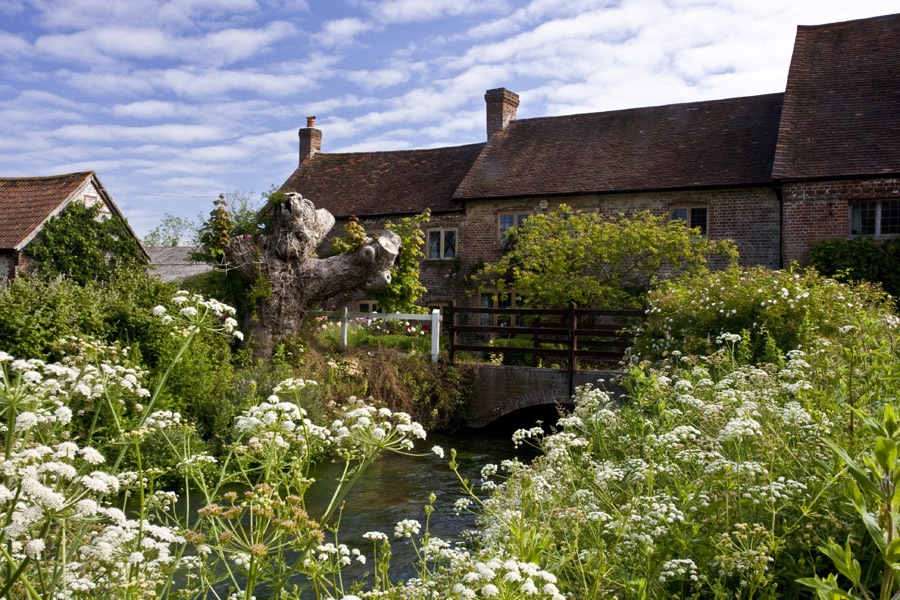
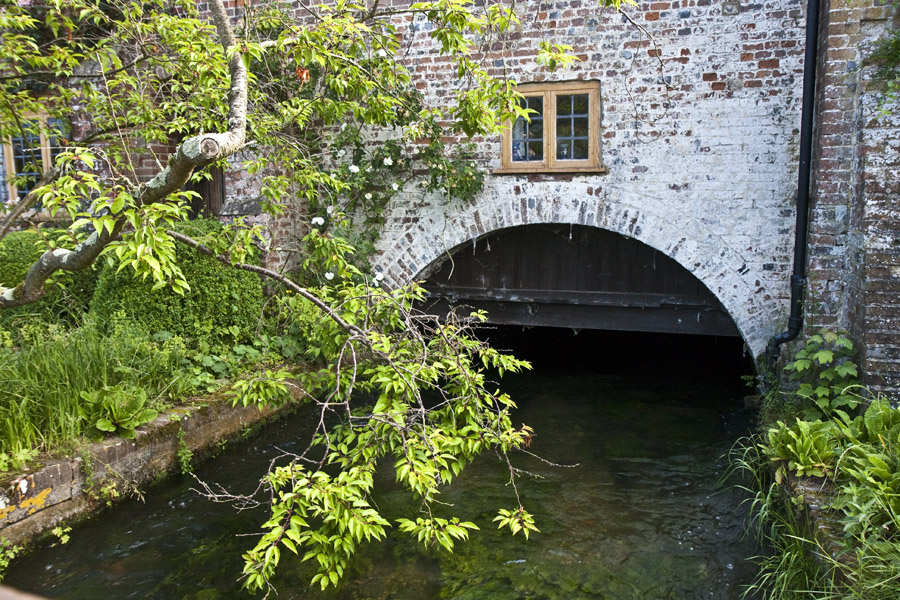
I have been into two outstanding examples of heaven on earth chalkstream homes, the first above, Roger Harrison’s home where the upper Itchen runs straight under the house and the second, below, Clay Brendish’s home close on the banks of the river Test.

Of course, in the English winter I’d move back to South Africa into my other dream residence, Gatershead Cottage on the upper Bokspruit River in the Eastern Cape Highlands.
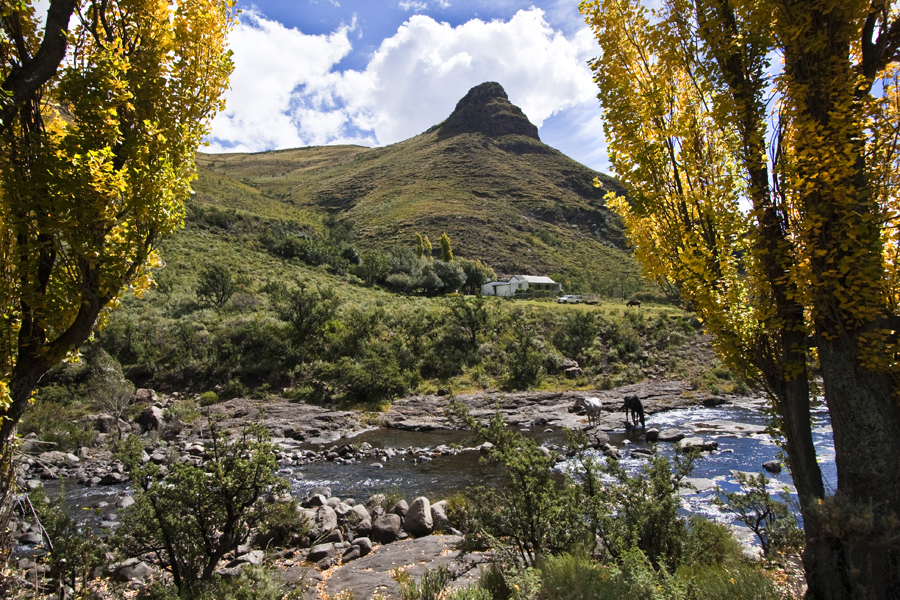
Gateshead Cottage
But here’s my chalkstream dream home. It is from an advert placed in the Autumn 2013 issue of Trout 7 Salmon and under this picture of the cottage it says:

The Fulling Mill at Arlesford, eight miles from Winchester, is a Grade II listed 13th-century thatched mill cottage that has been restored to provide a sitting room, dining room and three double bedrooms. A feature is that the Arle, a chalkstream tributary of the Itchen, runs beneath it – the kitchen is built over the stream and there are three glass viewing panels. Grounds are just under an acre and include a boating pond and there are fishing rights on the river.
Beat that if you can!
Agostino Roncallo describes his split-winged, single-feather CDC mayfly

Italian fly tyer and CDC master describes tying a delightful mayfly with ingeniously split wings on my website at http://www.tomsutcliffe.co.za/fly-fishing/fly-tying/item/1003-single-feather-split-winged-cdc-mayfly-by-agostino-roncallo.html
From Derick Carosini
I refer to your latest newsletter dated 1 March 2015 and the yellow fish markings in Vancouver.

The attached pictures are from Taupo New Zealand. You also find similar metal fish attached to the storm water inlet grids in Tauranga NZ. I lived there for a number of years. Normally the head of the fish indicates the direction of the flow in culverts.
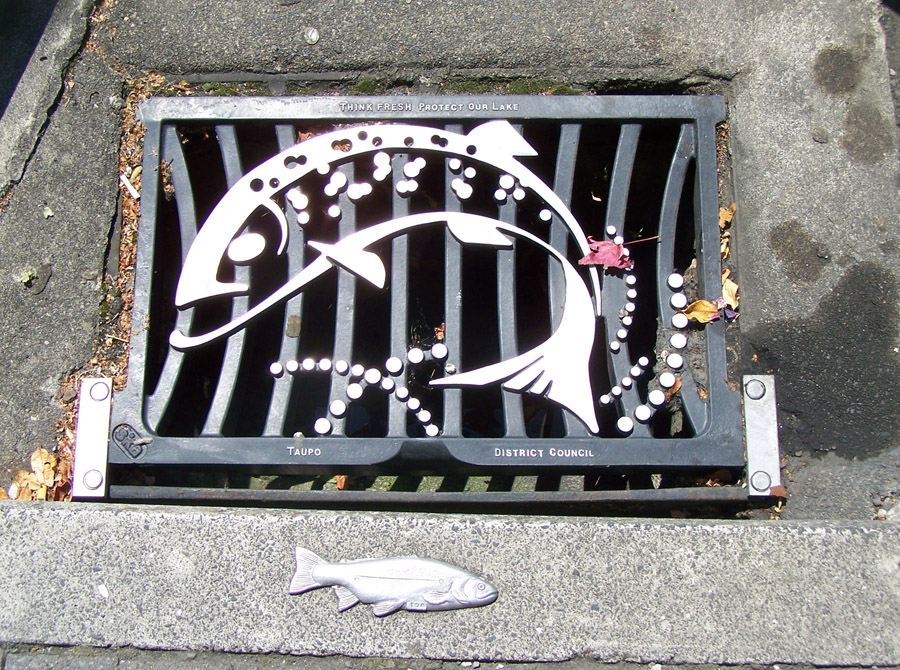
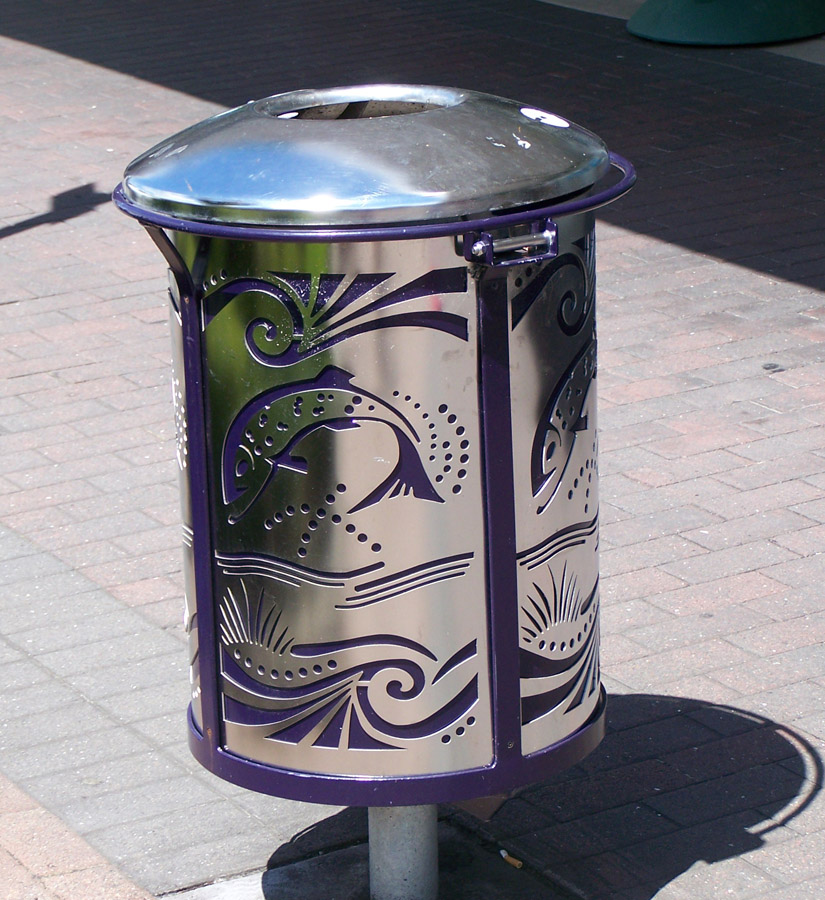
Clem Booth’s salmon fly project is complete
Says Clem:
Now retired Hardy fly tyer, Ken Middlemist, was one of the old school who tied flies without a vice; he simply held the hook in his hand! He tied up a very small number of these collectors sets and as you know I was lucky enough to get my hands on one. I have now framed them along with the leaping Salmo Salar you painted for me.

With this addition to the wall of my ‘Fishing room’, a couple of things were achieved. Firstly, I was able to combine two pieces of art; your beautiful leaping salmon and the ‘tied in the hands’ salmon flies of Ken Middlemist. He is the last of a generation and I was happy to be able to secure a dozen of his fine works. Your salmon will remind me of the stretch of Ireland's River Moy I'm privileged to fish. My walls are filled with your work and happily so!
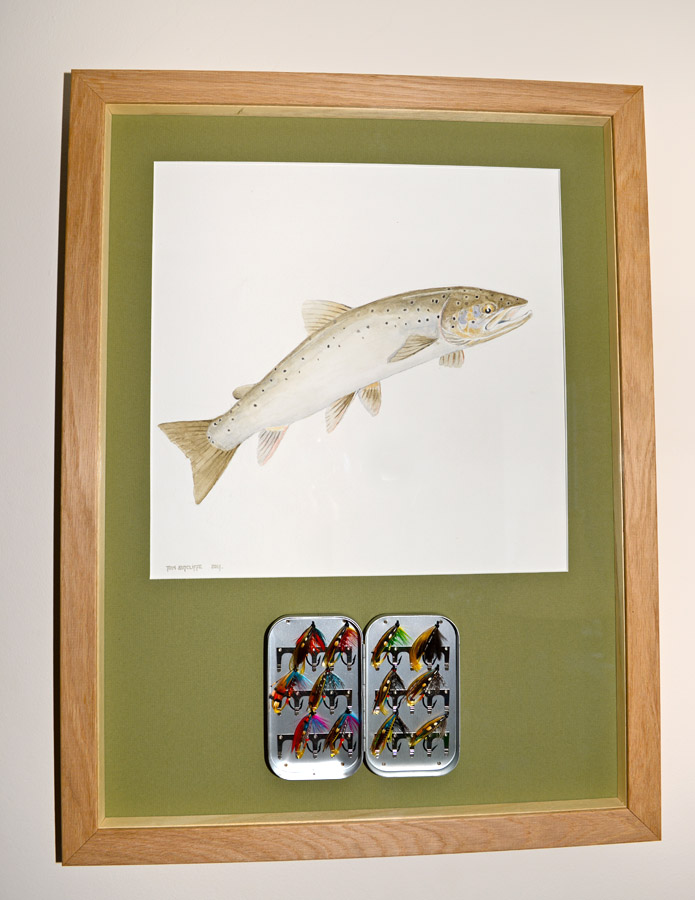
Ruhan Neethling’s finished fly
Says Ruhan
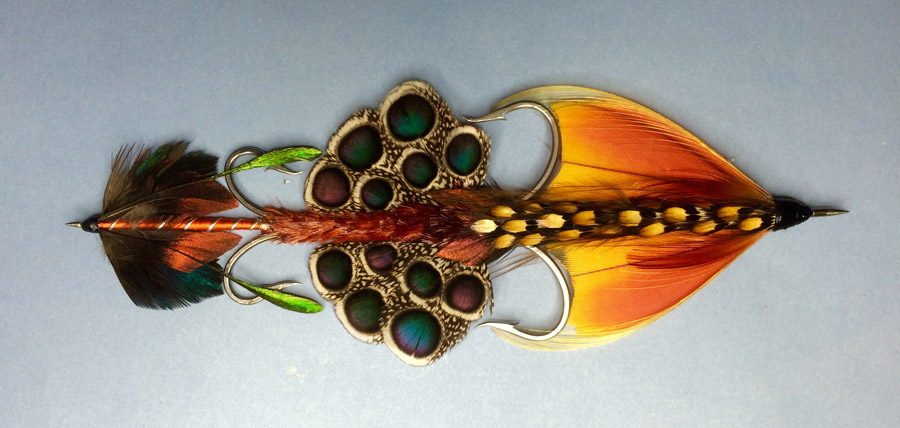
This one is based on "Another Brick in the Wall Part 3". The music video was the biggest inspiration.... https://www.youtube.com/watch?v=Dbh_k5GLRuQ
And two lines in the lyrics:
"I don't need no drugs to calm me."
"All and all you were all just bricks in the wall."
(I think this is pure genius. TJS)
Ritchie Morris gets a reply to a bamboo rod he owns but can’t identify
Chris Clemes, himself a bamboo rod maker and whose company featured in a recent newsletter, has this to say:
Man thanks for getting in touch! That is a beautiful fly rod and lovely to see it has been so well preserved over these years. The beauty of cane rods is this heritage that they carry, each with its own history passed down. It is hard to tell from the images, but I think it may have been made by a popular brand at the time in the military circles called ‘Army and Navy’. They were sporting outfitters who specialised in providing fishing, hunting and camping equipment to officers in the colonial forces. The rods were made by Ogden Smith for a period, which can make them highly collectible.
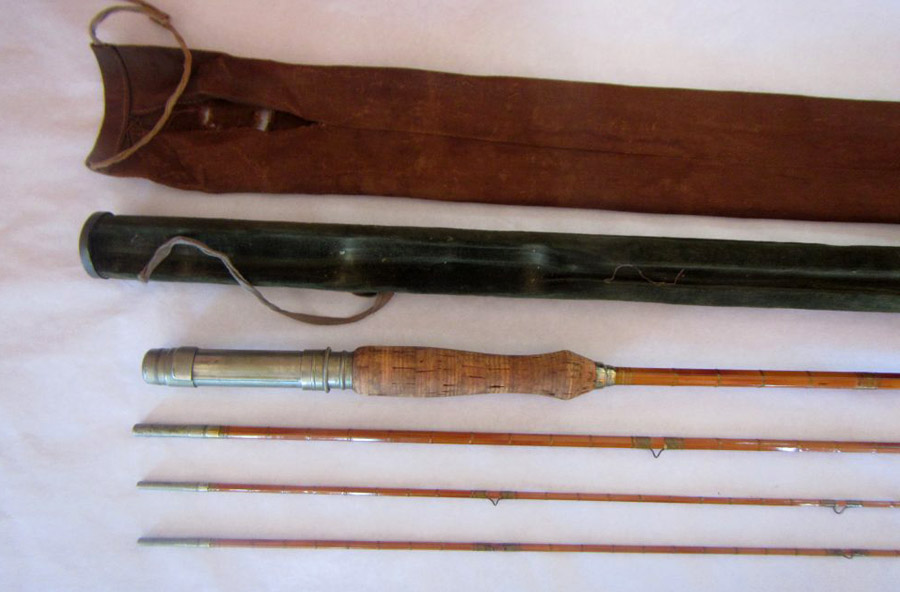
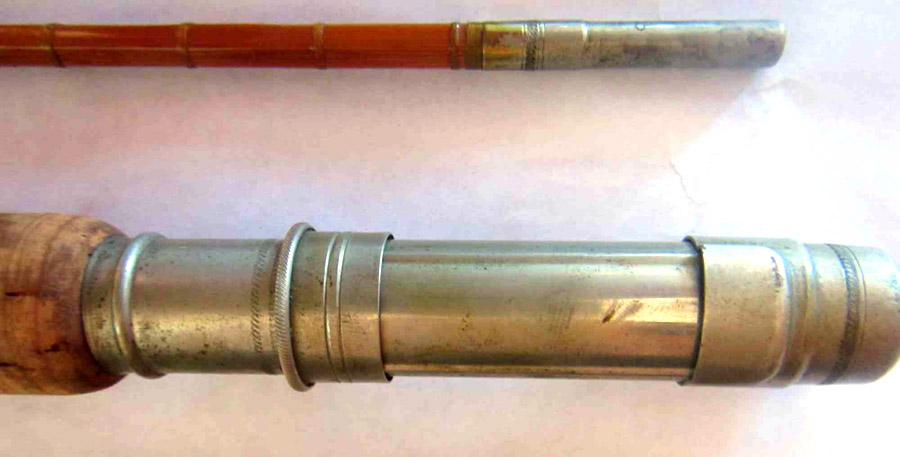
I cannot see any insignia or inscription from the images, but the reel seat looks like a very close match to an image I have of an Army and Navy fly fishing rod from around the same era. The cork grip is a different style but the actual reel seat looks like a match and also with the same two-piece extra tip configuration, which would have been suited as a backup tip for when stationed far afield.
I must commend you on the way you are storing the rod. Displayed out of the rod tube is best. Bamboo rods should not be stored for long periods in a sealed tube as condensation will rot the cotton wrappings over time, even under the varnish.
Gordon Van der Spuy’s chirp of the week
Says Gordon:
It is with much pleasure that I find myself in the position of having to expand my current 'Fly tying shop’, if you can call it that. There seems to be a need out there for a specialist shop that caters for the guys and girls in search of items that are uncommon or hard to come by, not to mention specialist advice regarding the art of feather bending. I can't promise I'll always be able to assist, but I will try my best. I will have a blog up within the next six weeks where I will share thoughts on tying and whatever else comes to mind

Gordon Van der Spuy fishing
I still have a few Mazos left of my last shipment of Gallos de Leon; this stuff is the best money can buy. Quality like this is rarely found outside of Spain, but, has been made available to me via my friend Luis Maena Baeza, a Gallos de Leon specialist in his own right.
I am also expecting a new shipment of Kai scissors any day now. These are the lightest, sharpest tying scissors money can buy and they are reasonably priced to boot at a mere R250 / pair.
Just out! ‘Drakensberg Ranger: Four Years at Giant’s Castle’, by George Hughes
In Drakensberg Ranger, George Hughes describes his life as a game ranger in the early 1960s at the spectacular Giant’s Castle Reserve in KwaZulu-Natal. George, who later gained international recognition as a zoologist, and rose to head the Natal Parks Board, tells a great story. It’s one of challenges and triumphs, and of the camaraderie and exhilaration of being part of a team who nurtured Giant’s lofty peaks and valleys and the animals and birds that teemed there.
This book is an inspirational guide to anyone passionate about nature conservation, natural science and the environment. Fellow game ranger and friend, David Cook, writes in the Foreword:

In his account George has faithfully brought to life the events of that time in a most entertaining way – recounting escapades, liberally salted with a rare sense of humour, which had me chuckling at all those distant but poignant memories of halcyon days spent in relatively unsupervised freedom in one of the most beautiful landscapes in Africa. And I am proud to say that we were part of that conservation history – an experience never to be repeated and certainly never forgotten.
Available from Platanna Press at R240.00 at This email address is being protected from spambots. You need JavaScript enabled to view it.">This email address is being protected from spambots. You need JavaScript enabled to view it.
(Read a chapter or two from Drakensberg Ranger on the Platanna Press website – www.platannapress.co.za. TS)
Saltwater books
I published my ten best technical freshwater fly fishing books of the decade recently and decided to follow up on technical saltwater books with a few experts. Here’s what they said:
Gerhard Laubscher
It’s a difficult question as saltwater fly fishing is in general not as technical as freshwater. Lefty Kreh’s ‘Fly fishing in Saltwater’ remains a must read for all interest in tackling saltwater fish on a fly, it lays a perfect foundation.
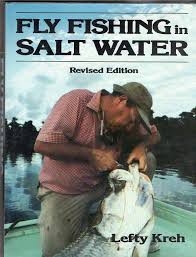
The rest of my list would be:
Andy Mill’s ‘A Passion forTarpon’.
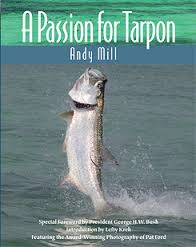
This is the quintessential book on tarpon fishing. Andy’s understanding of tarpon and knowledge on feeding habits of these fish is in a league of its own and is a must read for all saltwater fly anglers, not only those interested in tarpon.
Dick Brown’s book ‘Fly Fishing for Bonefish’ is also really good.

Those really are the only two I am really fond of, the rest of the stuff is pretty much ‘bubblegum’. To be honest the only really technical book to ever be written on saltwater fly fishing is Andy’s book ‘Tarpon’; it’s in the line of Marinaro’s ‘In the ring of the rise’ or Borger’s ‘Presentation’.
Tom Lewin is more specific:
In no particular order:
A Passion for Tarpon – Andy Mill
Bonefishing! – Randall Kauffman

Flyfishing in Saltwater – Lefty Kreh

High Rollers – Bill Bishop

Saltwater Fly Tying – Scott Sanchez
And finally Edward Truter’s interesting thoughts:
I can't really help on this one 'cause of late I really am a bit out of touch on technical saltwater fly fishing books. There was a time, up until about five years ago that I devoured technical titles (though most of them with a freshwater slant), but of late I've lost a bit of interest in the technical books.
In the last 15 years I have found much of the technical saltwater material coming out of the US to be anything but cutting edge and seldom new, and in fact in my opinion, a lot of their stuff is very old-school and dated. I guess it's because it's in the US where saltwater fly fishing began, and where solutions were found to suite their conditions (which conditions are still the same today mostly) so they have that original framework that they work to (as in a bit stuck in a rut), and hence out of the box thinking is not that frequent.
In Africa, and especially the Indian Ocean islands, fly anglers have had to come up with a ton of out of the box thinking to solve whole new sets of problems, and so that's where there's been lot and lots of innovation and real advances in many of the technicalities. What I'm trying to say is, that if one is on the top of what is being applied by South African saltwater fly anglers, then one will be pretty advanced in the saltwater game relative to the technical material media being purveyed by the biggest supplier of said media, the US.
I'm not saying we are beyond learning anything, far from it, and especially if looking for fly tying inspiration on the side of the some of the crustacean fly patterns and tying with synthetics, or some of the more specialised stuff that deals with bill-fishing, or catching makos on fly for example, but by and large, when it comes to the more general technical content, one has to wade through heaps of old-info to find any really good, new stuff, so maybe that's why I personally lost some interest. Every generalist saltwater fly fishing book I've paged through for the last while has been a letdown.
There have been a few of the much more specialised titles that I have enjoyed though, like ‘Bonefishing with a Fly’ by Randall Kaufmann.

I hope this reply does not come across as vain and know-it-all-ish, but seriously, when it comes to saltwater fly fishing books, it should be our South African guys (and the Australians) writing the books, because that's where the technicalities and pushing the gear are really moving forward.
Tom Sutcliffe

